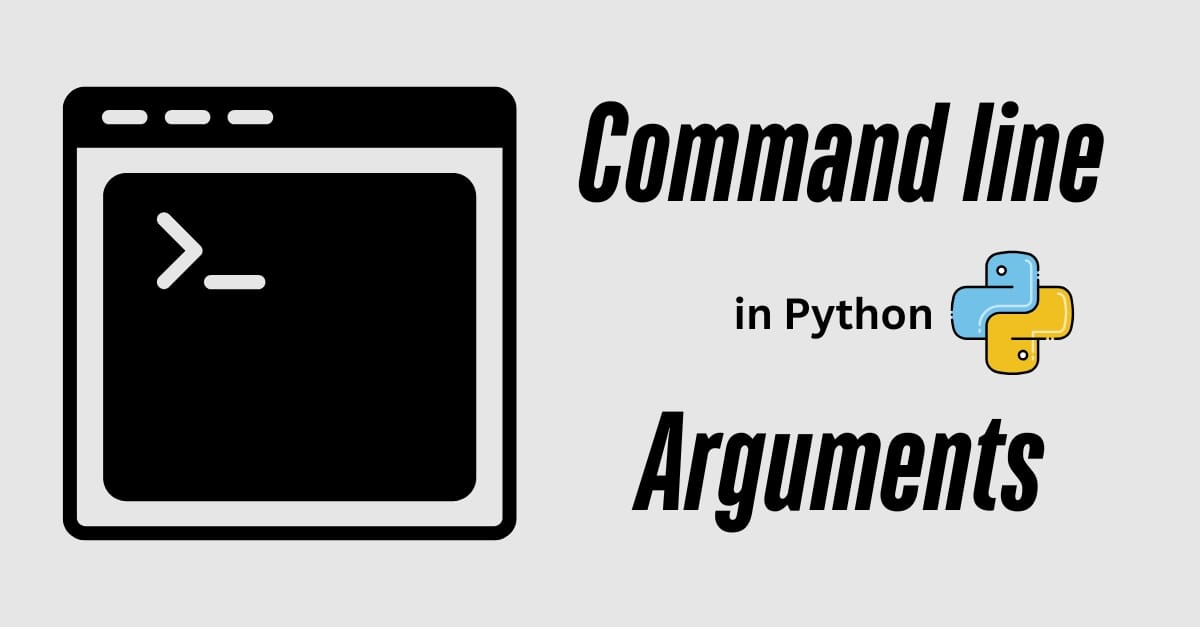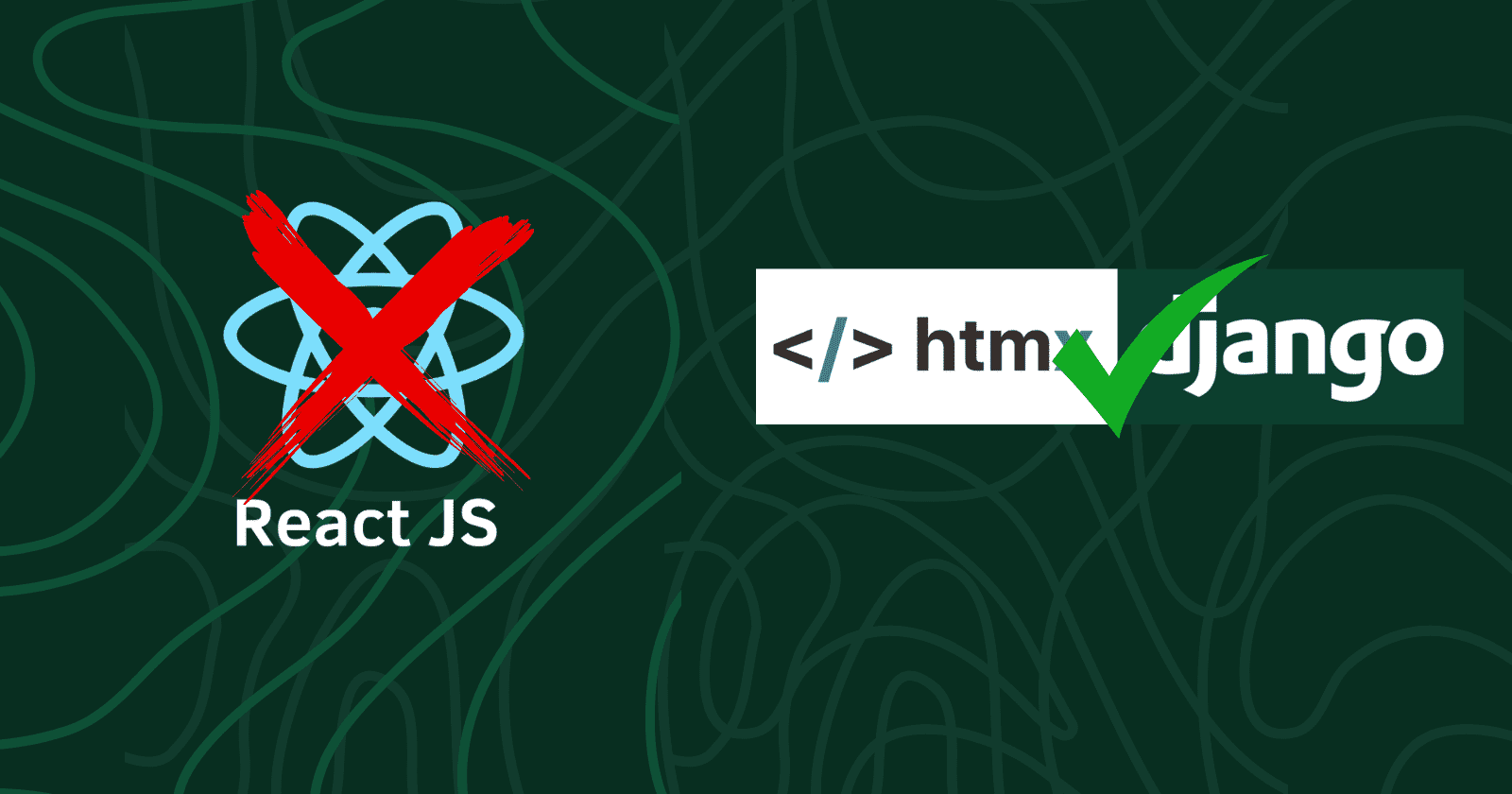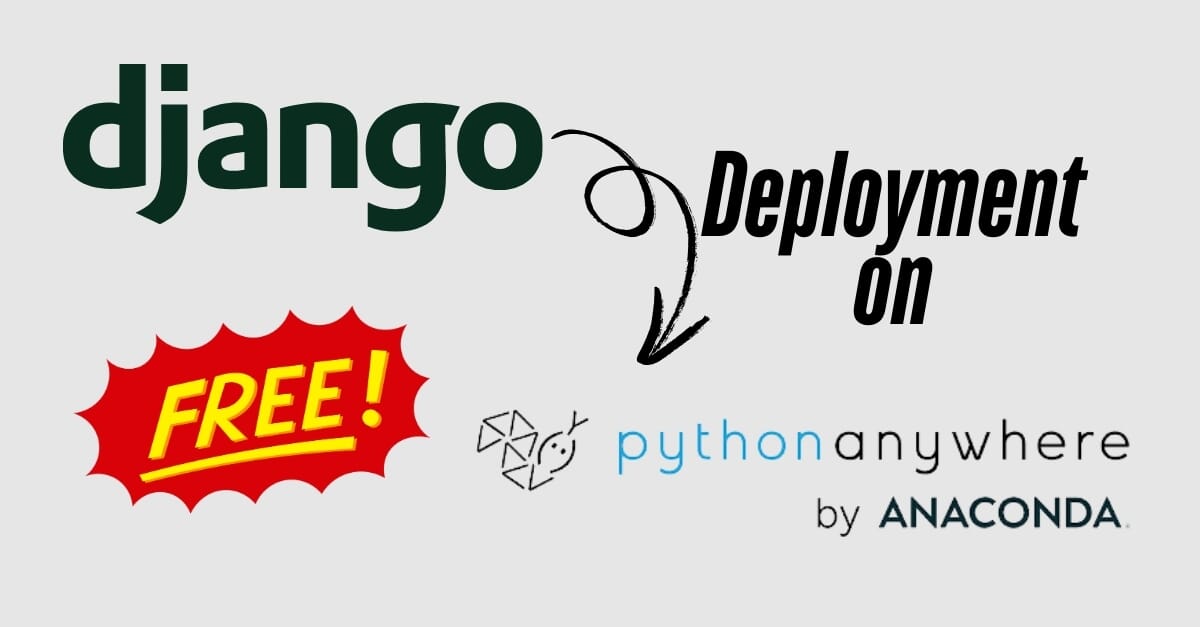Introduction
The Django framework is one of the most popular tools for building robust and scalable web applications. If you're preparing for a Django-related interview, having a strong understanding of its concepts is essential. In this article, we’ve compiled a list of the most commonly asked Django interview questions along with detailed answers to help you ace your next interview.
Basic Django Interview Questions
1. What is Django?
Django is a high-level Python web framework that encourages rapid development and clean, pragmatic design. It follows the Model-View-Template (MVT) architectural pattern and comes with built-in features like ORM, authentication, and an admin panel.
2. What are the key features of Django?
- Fast Development: Helps developers build web applications quickly.
- Batteries-Included: Comes with built-in features like ORM, admin panel, and authentication.
- Secure: Provides protection against common vulnerabilities like SQL injection and XSS.
- Scalable: Suitable for both small and large-scale applications.
3. Explain the MVT architecture in Django.
The Model-View-Template (MVT) architecture in Django consists of:
- Model: Handles the data and business logic.
- View: Processes user requests and returns responses.
- Template: Manages the presentation layer using HTML.
Intermediate Django Interview Questions
4. What is the purpose of Django’s ORM?
Django’s Object-Relational Mapping (ORM) simplifies database operations by allowing developers to interact with databases using Python code instead of SQL queries. For example:
from myapp.models import Book
# Fetch all books
books = Book.objects.all()
# Filter books by title
filtered_books = Book.objects.filter(title='Django Basics')
5. What are Django’s middleware components?
Middleware in Django is a series of hooks into Django's request/response processing. Examples include:
- SecurityMiddleware: Adds security-related headers to the response.
- SessionMiddleware: Manages user sessions.
- AuthenticationMiddleware: Associates users with requests using sessions.
6. How does Django handle static files?
Django uses the STATICFILES_DIRS and STATIC_ROOT settings to manage static files like CSS, JavaScript, and images. The collectstatic command gathers all static files into the STATIC_ROOT directory for production deployment.
Advanced Django Interview Questions
7. What is Django Signals?
Django Signals allow decoupled components to get notified when certain events occur. For example, you can use the post_save signal to perform an action after saving a model:
from django.db.models.signals import post_save
from django.dispatch import receiver
from myapp.models import UserProfile
@receiver(post_save, sender=User)
def create_profile(sender, instance, created, **kwargs):
if created:
UserProfile.objects.create(user=instance)
8. How do you optimize database queries in Django?
To optimize database queries in Django:
- Use
select_related()andprefetch_related()to reduce the number of queries. - Use indexing for frequently queried fields.
- Avoid retrieving unnecessary fields using
only()ordefer(). - Use Django’s query aggregation functions for complex queries.
9. What are Django’s class-based views (CBVs)?
Class-based views (CBVs) allow developers to organize their views using classes instead of functions. CBVs provide reusable and extensible views like ListView and DetailView. Example:
from django.views.generic import ListView
from myapp.models import Post
class PostListView(ListView):
model = Post
template_name = 'post_list.html'
Conclusion
Preparing for a Django framework interview requires a strong understanding of its core concepts, architecture, and best practices. The questions listed above cover a range of topics, from basic to advanced, ensuring you’re well-prepared for your next interview.
For more in-depth tutorials and guides, visit django-tutorial.dev and enhance your Django expertise!







No comments yet. Be the first to comment!